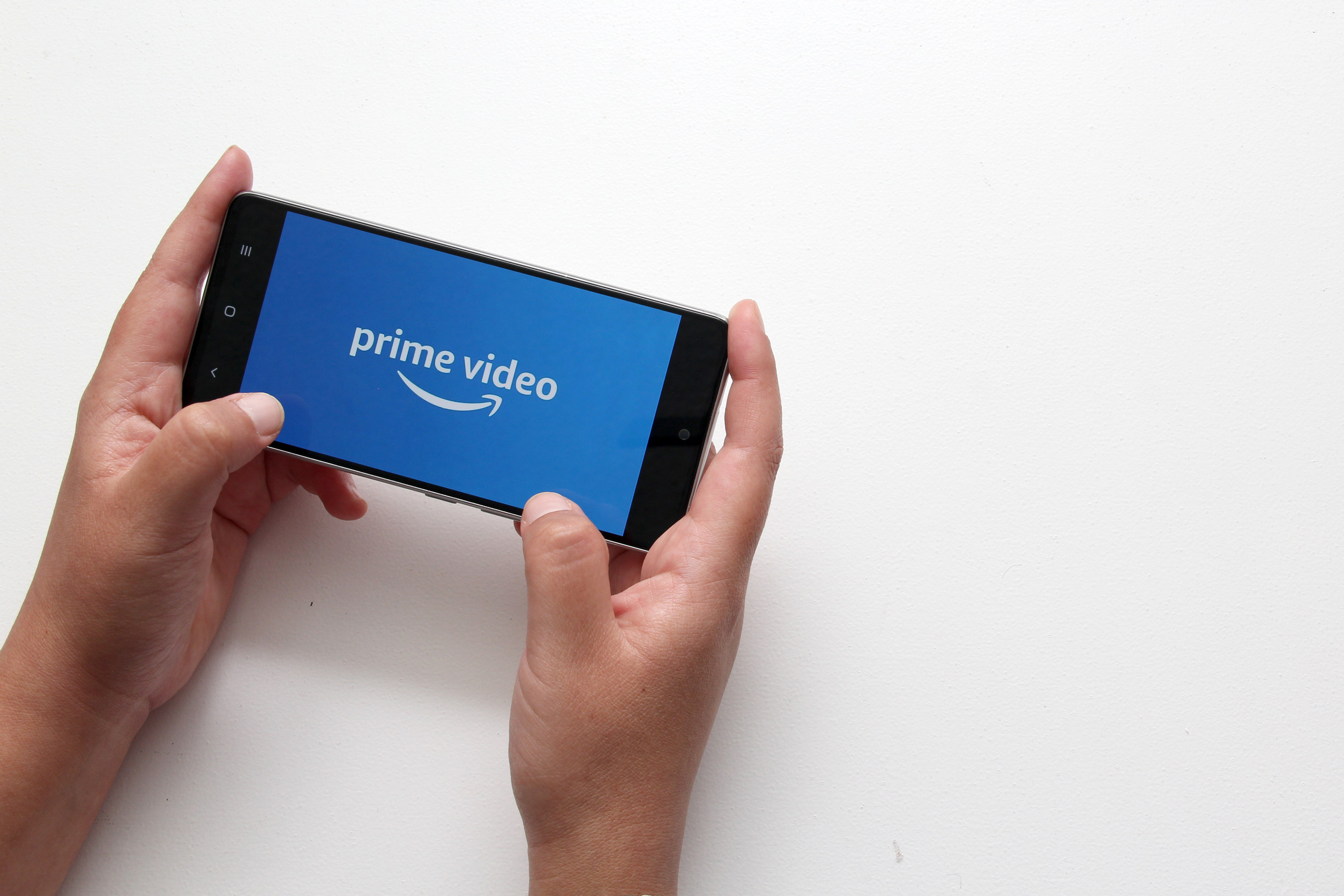Online subscriptions often feel harmless, like the digital equivalent of tossing a pack of gum into your shopping cart. Five bucks here, ten bucks there—it doesn’t raise alarm bells at first. But when stacked across multiple services, those small charges quietly snowball into something serious.
Companies bank on the fact that once you subscribe, you’ll forget to cancel, especially when the cost feels “too small to bother with.” That silence from your wallet could be costing you thousands over the years.
The Psychology of “It’s Only $9.99”
There’s a reason subscriptions often end in “.99.” That price trick makes the brain believe it’s cheaper than it really is. Subscriptions also ride on convenience, which means people often overlook their long-term impact. Canceling requires effort, and the human brain is wired to procrastinate, making “later” the perfect excuse. That tiny monthly charge feels manageable, but stretched across decades, it could wipe out chunks of a retirement nest egg.
Death by a Thousand Digital Cuts
Streaming services, meal kits, cloud storage, and workout apps might all sound harmless when considered separately. Together, they create a steady drain, quietly slicing money from your account like paper cuts you never notice. One or two might be worth it, but having a dozen is where the damage sets in. By the time retirement comes around, those cuts can add up to a serious wound. What feels like convenience today could mean less security tomorrow.
Subscription Inflation Is Real
Not only do subscriptions add up, but many also increase prices over time. That $7 streaming plan from a few years ago might now be $15, doubling without much warning. The increases are subtle enough that they rarely trigger cancellation, but they consistently take a bigger bite. Multiply that by multiple services, and the financial impact grows larger than most realize. Quiet inflation makes subscriptions far more dangerous than they seem.
The Forgotten Ones Lurking in the Shadows
Plenty of subscriptions keep charging long after they’ve been forgotten. Old apps, free trials that converted, or memberships no longer used continue draining accounts month after month. These charges fly under the radar because they’re small, repetitive, and often buried in statements. The longer they remain unchecked, the more they eat into potential savings. Forgetting about them doesn’t make them harmless; it makes them more costly.
The Retirement Cost of “Set It and Forget It”
Financial experts often stress that every dollar saved early compounds over time. Subscriptions rob not only the monthly amount but also the investment growth it could have generated. A $20-a-month unused subscription might seem trivial, but over 30 years, it could cost tens of thousands in lost growth. The biggest danger isn’t the immediate hit—it’s the opportunity cost of money that never had a chance to work for you. Subscriptions, in this light, can quietly sabotage retirement.
Why Free Trials Aren’t Free at All
Free trials are built on the assumption that many people will forget to cancel. Companies make the process intentionally easy to start but complicated to stop. This strategy turns “free” into a profitable funnel that captures attention and then slowly drains funds. What starts as harmless curiosity can lead to years of unnoticed payments. Those “free” signups often end up being the most expensive subscriptions of all.
How Subscription Culture Hooks You In
Subscription culture thrives on convenience, personalization, and lifestyle branding. Companies market the idea that subscribing makes life easier and more enjoyable. What’s rarely mentioned is the long-term financial impact of constant renewals. This creates a culture of normalization where paying monthly for everything feels natural. Once hooked, people rarely evaluate the true cost of staying subscribed.
Spotting the Invisible Drains
The easiest way to expose hidden drains is by combing through bank statements line by line. Many people are shocked to find recurring charges they never remembered signing up for. Spotting the invisible requires patience but pays off immediately in freed-up cash. Apps and tools that track subscriptions can also make this process easier. Once exposed, those small leaks can finally be plugged.
Building a Subscription Strategy That Works
Not all subscriptions are wasteful, but they need to be intentional. A strategy means choosing what truly adds value and cutting what doesn’t. Periodic reviews keep spending aligned with actual needs rather than habitual payments. Thinking in long-term dollars rather than short-term pennies makes decisions sharper. With a strategy, subscriptions shift from silent threats to purposeful tools.
Don’t Let Digital Drips Drown Your Future
Subscriptions aren’t evil, but ignoring them can be dangerous for financial health. A little awareness and a willingness to trim unnecessary charges can free up serious money. Over time, those small victories create a stronger foundation for retirement security. It all comes down to making intentional choices rather than letting companies siphon money unnoticed.
What are your thoughts—are subscriptions helping your lifestyle, or are they quietly draining your future?
You May Also Like…
- 10 Little-Known Fees That Hide in Retirement Accounts
- Are You Missing the Gender Gap in Your Retirement Calculator?
- 10 Retirement Simulators That Overestimate Your Lifetime Income
- How Subscription Boxes Lock Shoppers Into Spending Hundreds a Year
- 5 Subscriptions That Auto Renew Every Month—and Never Feel Worth It


